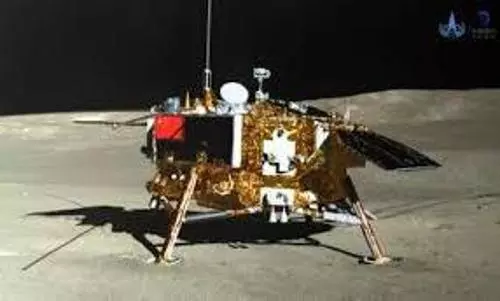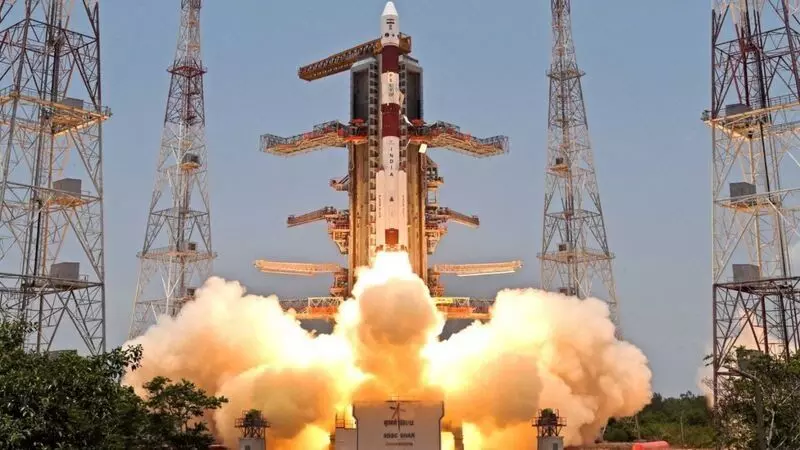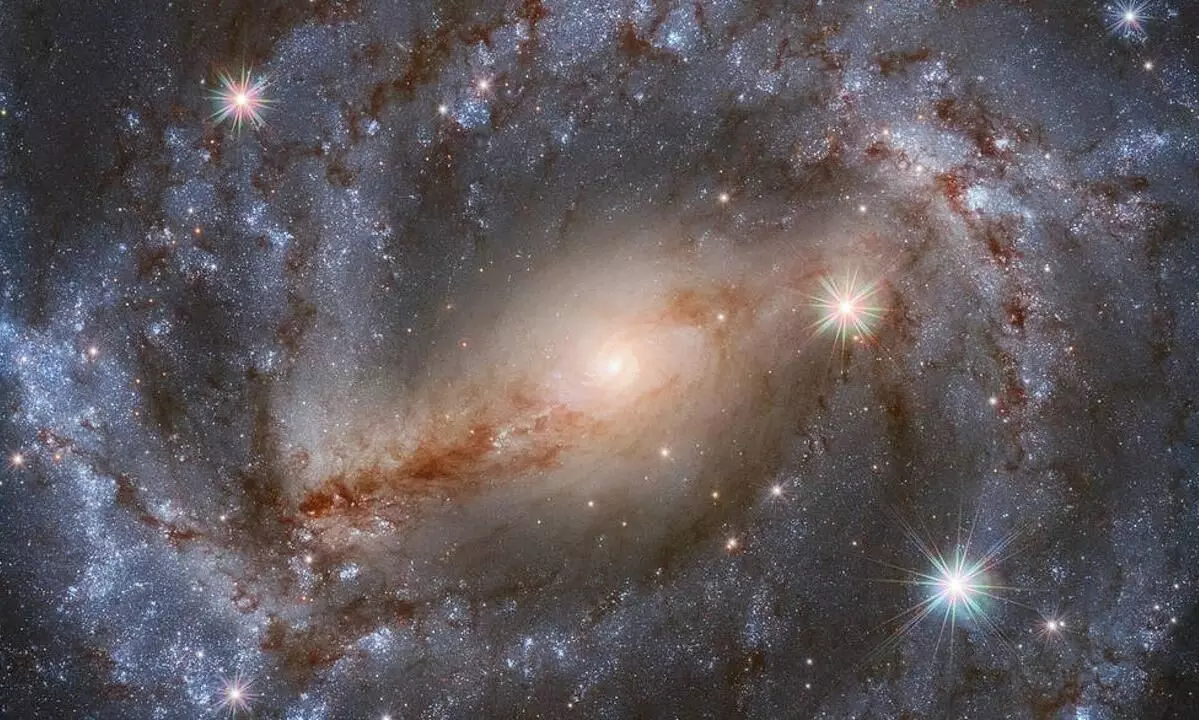
Another historic mission
text_fieldsOn the heels of the success of the Chandrayaan 3 moon mission, Indian space agency ISRO has another historic achievement: the successful launch of Aditya L1 solar mission, India's first solar mission. ISRO stated that Aditya has been launched towards Lagrange point 1 (L1) which is about 1.5 million km from the Earth. The spacecraft will reach its destination after a journey of 125 days after which it will begin solar observation using the seven payloads attached to the spacecraft. Aditya-L1 have a mission life of five years during which its payloads are expected to provide the most crucial information in understanding solar activity. Aditya, the coronagraphy spacecraft, will study the solar atmosphere, the corona as well as the solar magnetic storms, and their impact on the environment around Earth. Information so gathered will be crucial for the existence of mankind, along with the progress of science and technology. Therefore, the global science community is viewing this mission with great expectaton. The ISRO team that successfully launched this mission deserve to be applauded.
The world began exploring the Sun almost six decades ago with NASA's 'Pioneer' mission as the very first to do so. Orbiting the Sun at an equal distance from the Earth, Pioneer's mission got the opportunity to learn about the solar wind and the Sun's magnetic field. Later, with advanced technology, new solar missions were launched. Helios mission, a joint venture between the German Aerospace Center and NASA, Skylab, the world's first space station which included the Apollo Telescope Mount, and the Solar Maximum Mission launched by NASA in the 1980s were all provided critical information about solar wind and solar flare. Each of these was mission monitoring the sun from a 'safe' place without gravitational pulls or disturbances from other celestial bodies. Aditya is also operating along these lines. The spacecraft will be placed in a halo orbit around Lagrange point L1 between the Earth and the Sun where gravitational forces between them are in equilibrium. There are five Lagrange points between the Earth and the Sun. Aditya is moving towards the first point called L1. The James Webb telescope is at the L2 Lagrange point. In other words, Aditya is not orbiting the Sun but rather observing the sun from a particular point using telescopes and other instruments.
There are other missions that are performing the same duties. Questions arise as to why there are so many missions. Highly complex and unpredictable phenomena occur in the Sun, and it is very important to understand these accurately. The scientific community has not yet been able to make sense of the precise rhythm and cycle of these phenomena. Although we know all about the solar wind and solar particles, when they come out from beyond, the risks are too great. Artificial satellites and space telescopes can get damaged due to these phenomena. India alone has space equipment worth 50,000 crores. If they stop, the nation will be in complete technical disarray. The consequences of extreme solar particles reaching the edge of the Earth are also very large. It may even destroy life on the earth and we may not be able to prevent it. At the same time, we might be able to move away from it by understanding its rhythm. That is why learning about the solar atmosphere and solar flares is very important. Solar study is also important as it is an element that most influences the Earth's weather. The element that most influences the Earth's weather Solar study is also preferred in Kam. Today, when Global Warming has created a new scenario, it is hoped that studies in that direction will be undertaken by Aditya.

























